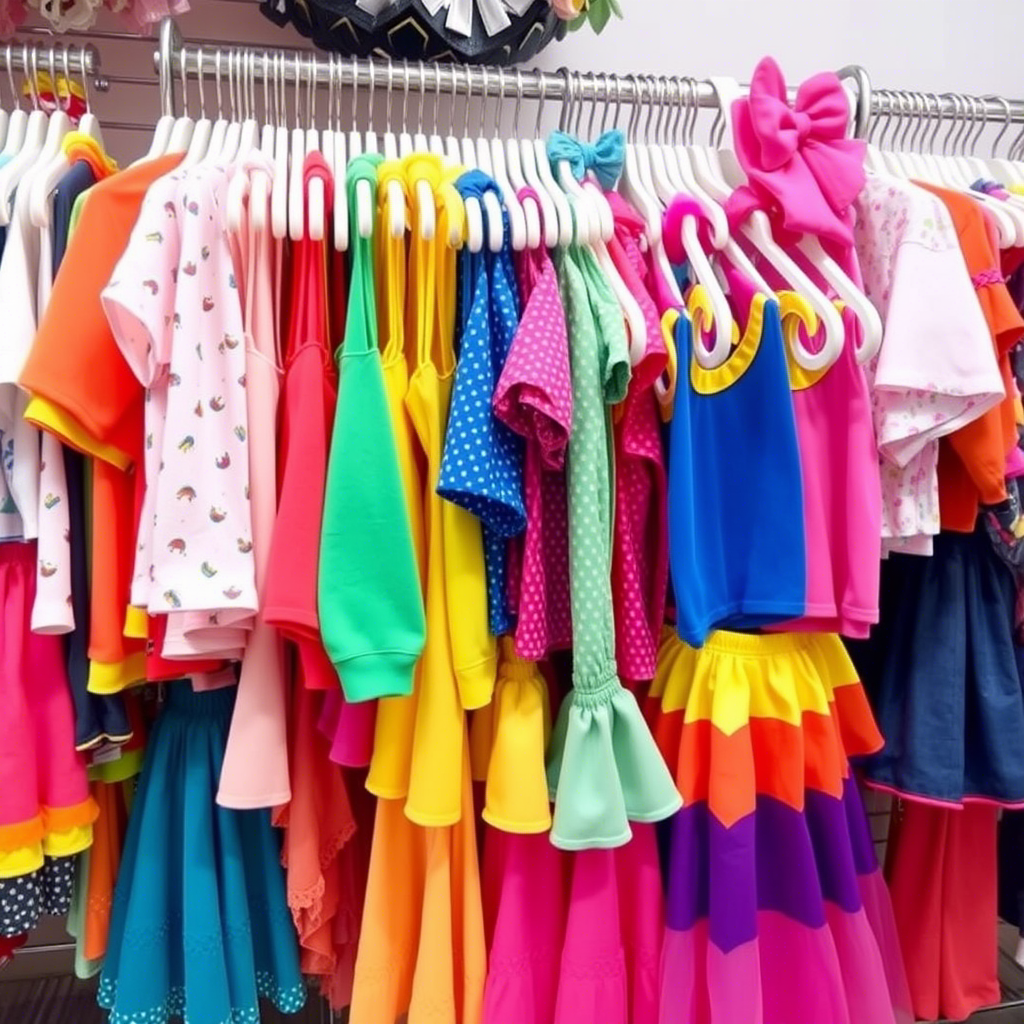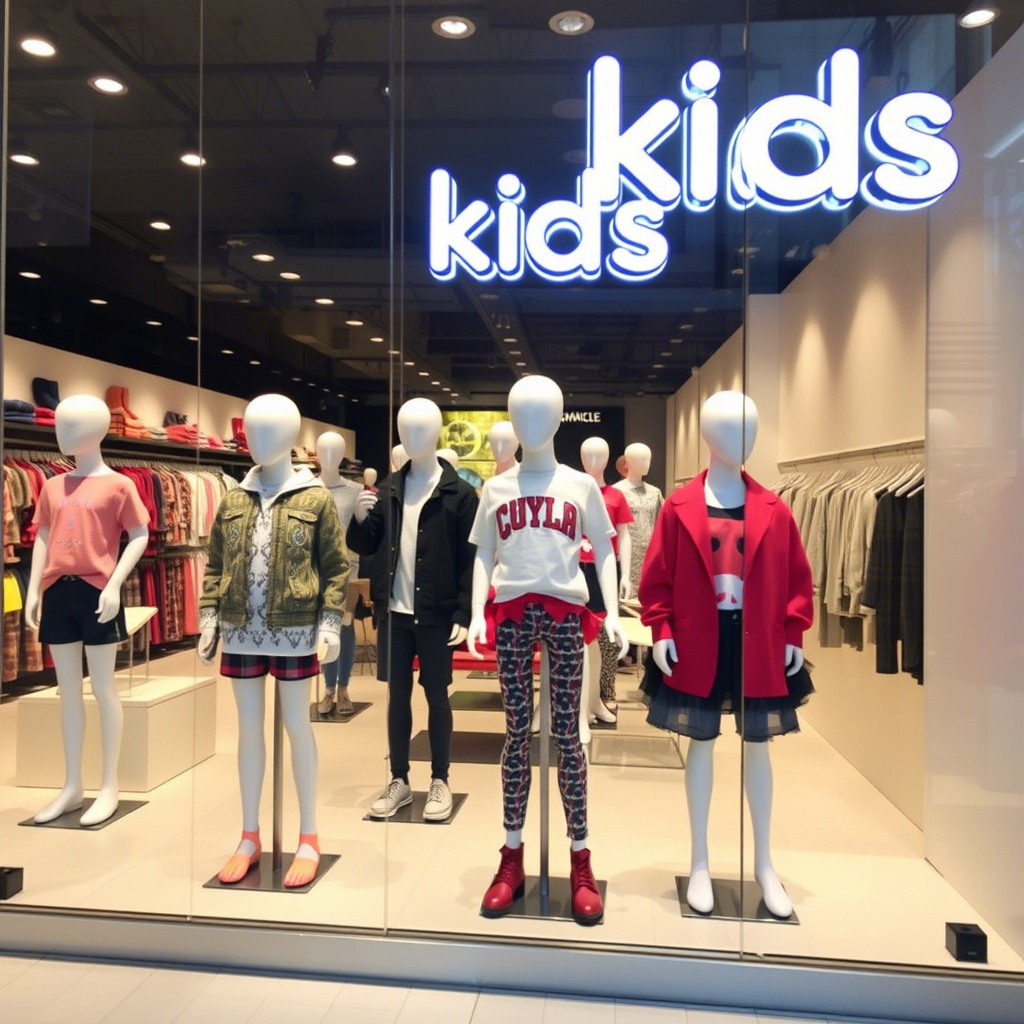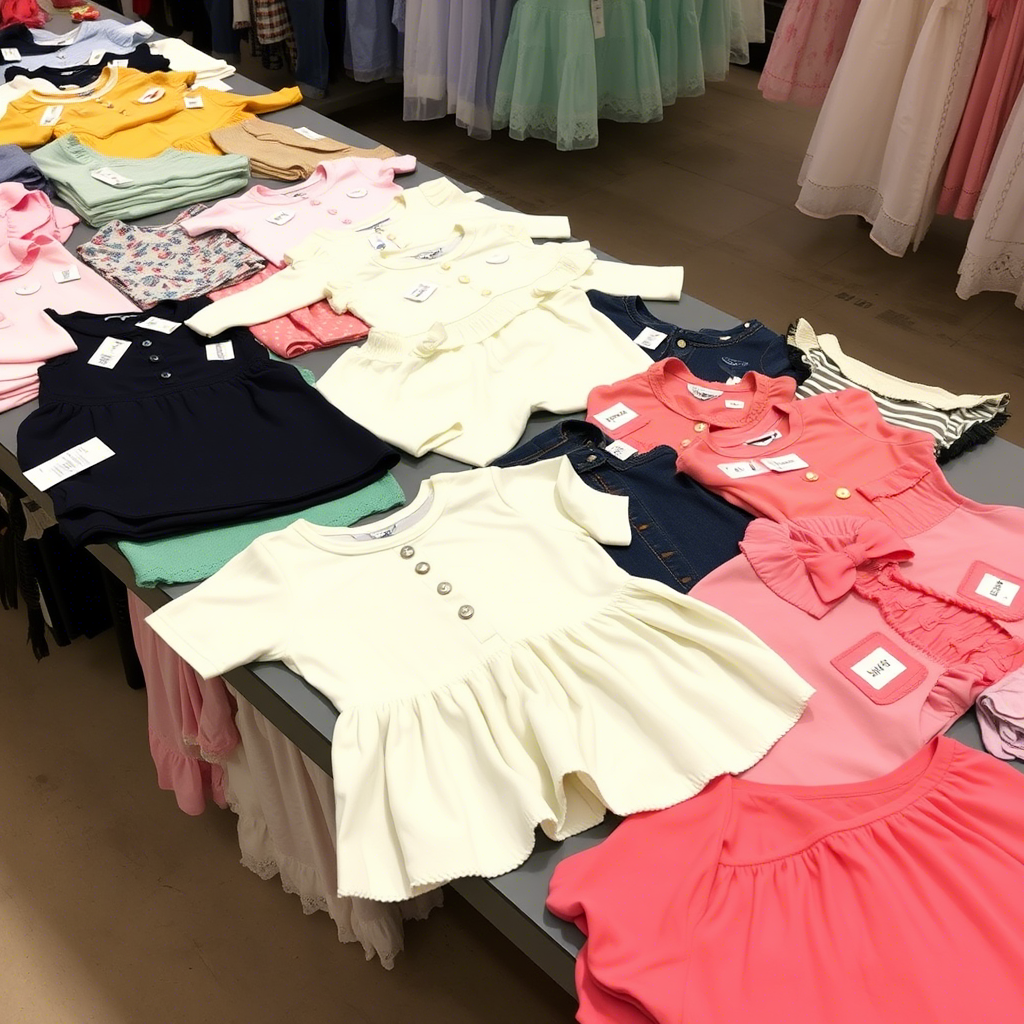Kids Fashion Clothing Wholesale and Retail
The kids’ fashion industry is a rapidly growing market, driven by increasing demand for stylish, comfortable, and affordable clothing. As a result, the wholesale and retail sectors of kids’ fashion clothing have become increasingly important. This article will explore the key aspects of kids’ fashion clothing wholesale and retail, providing insights into the industry’s trends, challenges, and opportunities.
Understanding the Kids’ Fashion Market
The kids’ fashion market is diverse, with various segments catering to different age groups, styles, and preferences. To succeed in this market, businesses must understand the needs and trends that drive consumer behavior.
- The global kids’ wear market size was valued at USD 262.4 billion in 2022 and is expected to grow at a CAGR of 5.5% from 2023 to 2030 (Source: Grand View Research).
- The demand for sustainable and eco-friendly kids’ clothing is on the rise, driven by increasing awareness among parents about environmental issues.
- Online shopping is becoming increasingly popular among parents, with many retailers offering convenient and user-friendly e-commerce platforms.
 A well-stocked kids’ clothing rack can attract customers and drive sales. Retailers can benefit from offering a diverse range of products that cater to different tastes and preferences.
A well-stocked kids’ clothing rack can attract customers and drive sales. Retailers can benefit from offering a diverse range of products that cater to different tastes and preferences.
Sourcing Kids’ Fashion Clothing for Wholesale
Sourcing high-quality kids’ fashion clothing at competitive prices is crucial for wholesalers. This involves identifying reliable suppliers, negotiating prices, and ensuring compliance with quality and safety standards.
- Attend trade shows and industry events to connect with potential suppliers and stay updated on market trends.
- Conduct thorough research on suppliers to ensure they meet quality and safety standards.
- Negotiate prices and terms that balance profitability with customer affordability.
Retail Strategies for Kids’ Fashion Clothing
Effective retail strategies are essential for attracting and retaining customers in the competitive kids’ fashion market. This includes creating an engaging in-store experience, leveraging social media, and offering competitive pricing.
- Create an inviting store atmosphere that showcases products in an appealing way, such as the display seen in
 .
. - Utilize social media platforms to engage with customers, share new arrivals, and promote special offers.
- Offer competitive pricing and promotions to drive sales and increase customer loyalty.
Managing Inventory and Supply Chain
Efficient inventory management and supply chain operations are vital for ensuring that products are available when needed and that costs are minimized.
- Implement an inventory management system to track stock levels and optimize reordering.
- Develop strong relationships with suppliers to ensure timely deliveries and flexible payment terms.
- Consider nearshoring or local sourcing to reduce shipping times and costs.
Pricing Strategies for Kids’ Fashion Clothing
Pricing is a critical factor in the kids’ fashion market, where parents are often looking for affordable, high-quality clothing. Wholesalers and retailers must balance profitability with customer affordability.
- Conduct market research to understand competitor pricing and consumer willingness to pay.
- Offer tiered pricing to cater to different customer segments, from budget-friendly to premium.
- Consider offering discounts or promotions to drive sales and clear inventory, as seen with the
 .
.
For those looking to explore a range of kids’ fashion products, visiting online stores such as https://lezonkids.com/boys-coat/ can provide inspiration and insights into current trends. You can also check out their girls’ clothing section for more options.
Conclusion
The kids’ fashion clothing wholesale and retail industry is characterized by diverse trends, challenges, and opportunities. By understanding the market, sourcing high-quality products, implementing effective retail strategies, managing inventory and supply chains efficiently, and adopting competitive pricing strategies, businesses can succeed in this dynamic market. As the industry continues to evolve, staying informed about the latest trends and consumer preferences will be crucial for long-term success.

Comments